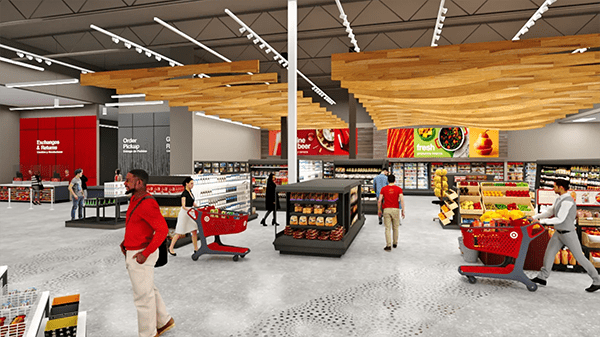Minneapolis-based Target Corp. BB #:166987 plans to focus more on grocery as inflation hits discretionary spending.
The company also is battling skyrocketing theft and organized retail crime. The company said during its 2023 first quarter earnings call on May 17 that theft and organized retail crime is adding an additional half a billion dollars to its shrink. That combined with last year’s $760 million in shrink could put the company over $1 billion in losses tied to shrink and theft this year.
Chairman and CEO Brian Cornell said during the call that organized retail crime and theft are increasingly urgent, and dealing with it leads to a “less convenient shopping experience,” and puts guests and employees in harm’s way.
“Left unchecked, theft and organized retail crime degrade the communities we call home,” Cornell said, during the call. “It’s an urgent issue, not just for Target, but across the entire retail industry.”
Bentonville, AR-based Walmart Inc. also has been outspoken about recent retail theft, and has closed stores in Portland, OR, Chicago, and other markets, citing low performance and theft.
Target’s mitigation efforts include new fixtures to protect merchandise and adjusting assortment in affected stores.
“Based on the results we’ve seen so far this year, we expect shrink will reduce our profitability by more than half a billion dollars compared with last year,” Cornell said.
Profitability also is being pressured by a consumer pullback in discretionary spending, particularly in apparel, home, and other hardline, non-perishable, categories.
Food and beverage is an area where Cornell said he sees opportunity for continued growth, building on efforts to improve the company’s fresh food supply chain that have been ongoing for the past several years.
“We committed to the long term and engaged in the hard work that we needed to improve our performance ranging from our relationship with vendors to our fresh food supply chain, store labor model, assortment strategy and our own brands,” he said. “Much of that work happened behind the scenes and it took time before business trends in food and beverage started to change, but the work paid off over time. We entered 2023 following three straight years of unprecedented growth and market share gains in food and beverage, having grown that category by more than 61 percent from Q1 2019 and this year’s first quarter.”
Food and beverage lags Target’s other categories, accounting for an estimated 21 percent of sales.



